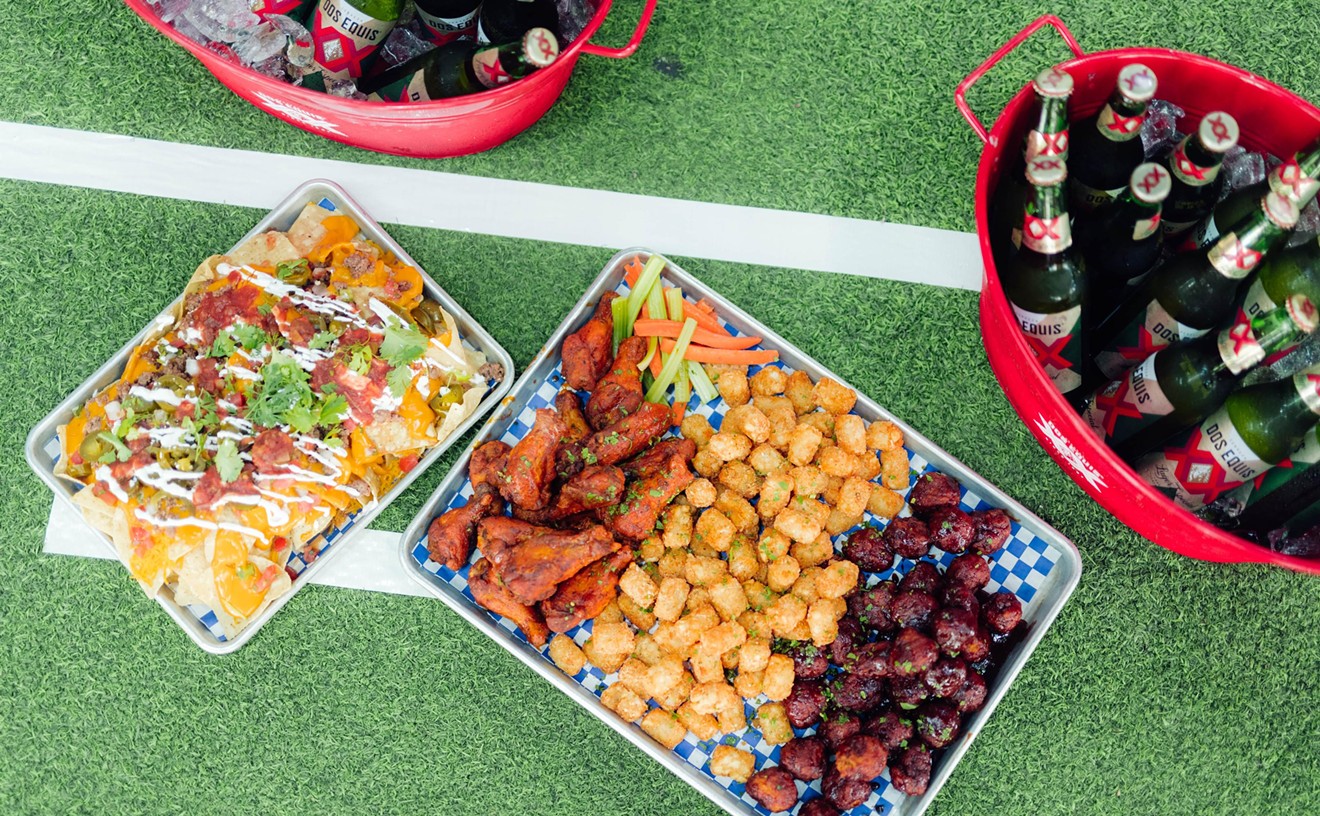Why would anyone willingly work with such a difficult ingredient? Cooked, hardened sugar is good for so many things, from decorative "nests" on gourmet desserts to the many caramels we'll see at this weekend's Caramelpalooza event.
The Virgin wasn't about to tackle anything quite as challenging as a sugar showpiece, so instead I opted for the simplest technique, one that was demonstrated on Cupcake Wars last year: spun sugar.
The recipe only has one ingredient. How simple is that?
That's what the sugar gods want you to believe. Trust me, they are cackling behind your back.
The process starts out with some unusual preparation. First, grab a couple of chopsticks; the coated plastic ones work best, though you could go to a Chinese restaurant and steal some disposable ones if you're desperate.
Use some strong tape to secure the chopsticks to the edge of your countertop, about 8 inches apart from each other. They should be parallel to one another at a ninety degree angle to the countertop, with the bulk of their surface area sticking out from the counter (see photo).
Every tutorial I've seen suggests putting a piece of parchment down on the floor underneath the chopsticks to catch any drippings. Ha! After trying to get congealed caramel off her cabinets, The Virgin suggests cloaking your kitchen in plastic wrap, ala Dexter. Now you're ready to start cooking.
- Grab a small stainless steel pot -- sans no-stick lining -- and pour a cup or two of sugar in, depending on how much caramel you want to make. Warning: DO NOT USE A GLASS POT. The Virgin tried this, and narrowly avoided an ER visit.
- Turn the heat up to medium-high and wait. Don't grab a beer (yet), don't check your laundry, and for heaven's sake don't leave the room. Just stand there and stare at the pot, because when sugar melts it can be pretty "sensitive."
- The sugar will start to crystallize, then melt down into a slushy paste. Keep cooking.
- After a few extra minutes, you'll have a thick, maple syrup colored liquid. If you're not paying attention, it will scorch and you will have to throw out your pot and start again or soak it in hot water for a day to get the sticky sugar out.
- When the sugar is the color of the amber beer you're probably drinking by now, take the pot off the stove and place in a steel bowl or stockpot filled with ice water to cool.
As it starts to congeal, but while still hot, dip a metal spoon into the caramel and flick rapidly in a back-and-forth motion between the two chopsticks to form long strings.
If you're lucky, you'll have pretty, somewhat malleable caramel strings that you can form into a light, airy decorative ball or break off in pieces and use as garnish:










